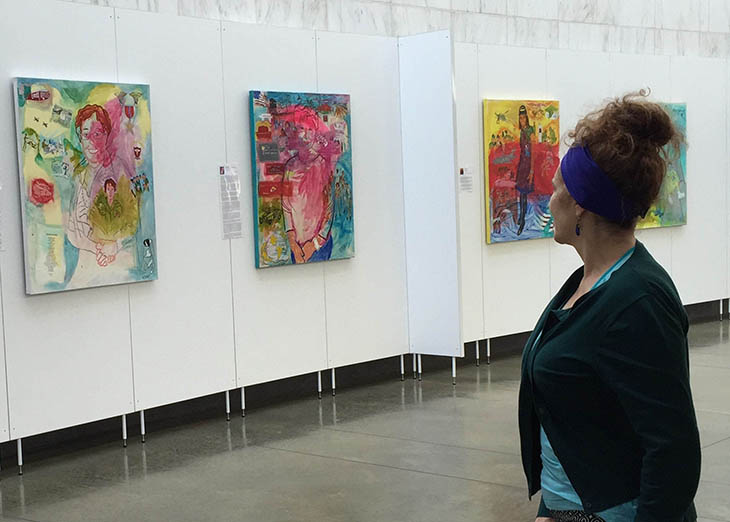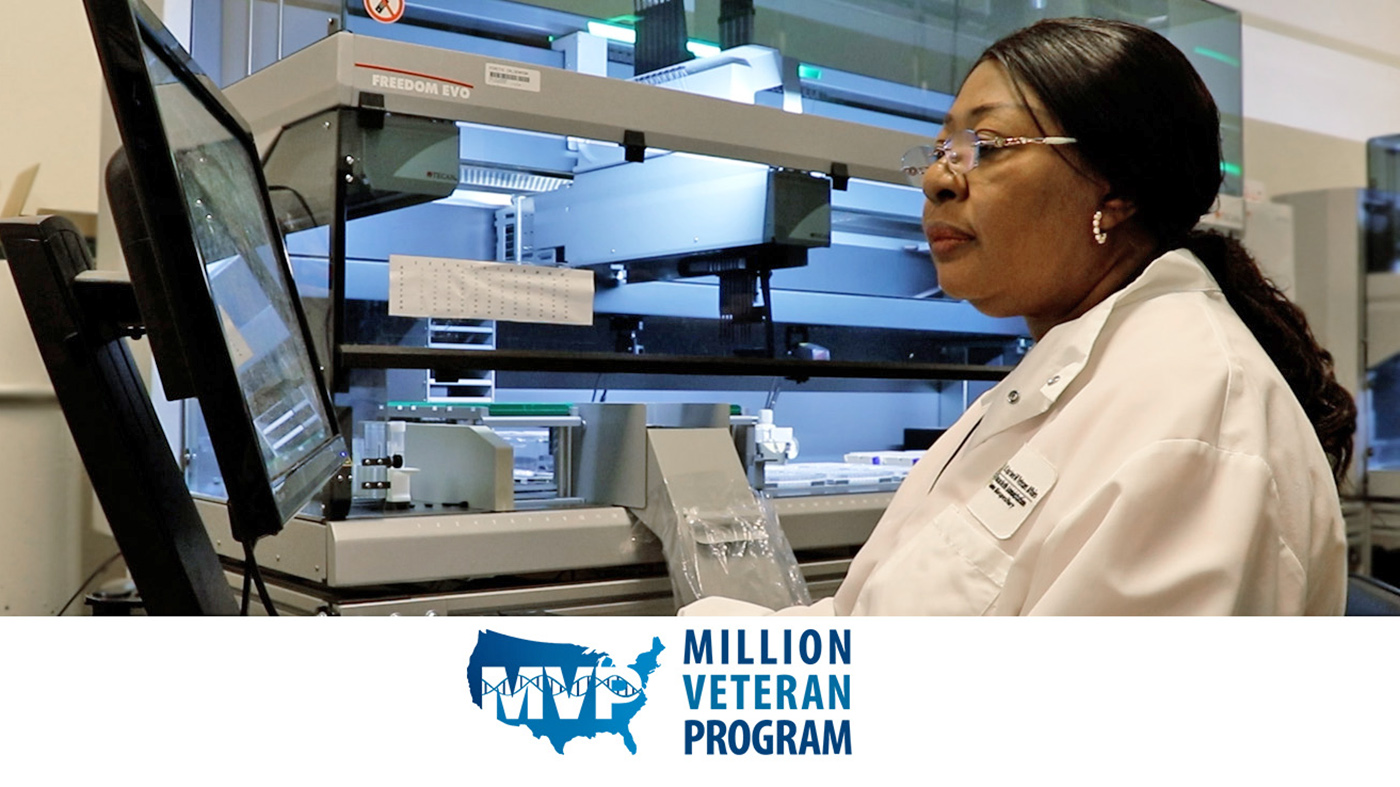In my series of paintings entitled Our Women Veterans, I present 12 portraits of American women Veterans, superimposed on images of their private lives, and of their rarely told personal stories. By using translucent layers of paint, the women’s faces appear on a background of their memories from their lifetime—moments from their lives before service, events they experienced in life in the military, and life after deployment. My work is driven by intimate conversations with the Veterans.
The words of the women are featured in the writings placed next to the paintings. Joan Furey, an Army nurse who served in Vietnam, shared, “You’re aware of the awful price that’s being paid,” a message that serves as a wake-up call for the civilian viewer of the image, who may have little knowledge of the depth of sacrifice of the Veteran.
Through stories from a wide variety of subjects, the viewer is transported to scenes from Afghanistan, Iraq, Cuba, Somalia and Vietnam and bases in the United States. In these paintings, we see how the women Veterans’ identities are shaped and defined by their military experiences. Sarah Mess, an Army Operating Room Specialist, who served in Mogadishu, tells of her life since her service in Somalia, “You can’t unknow what you know.”
This series of paintings also tells us that to understand military women, we must understand the experiences of the individual women who served. JoAnn Session, an Army heavy-wheel vehicle mechanic, who served stateside, passionately stated, “I wanted the challenge. I wanted to train, spy, sniper, jump out of planes.”
Our Women Veterans is a visual oral history, and it is an appreciation, recognition, and communication of the lives of our women Veterans. The paintings work to bridge the gap between civilian and military life, so that the public can appreciate Veterans’ challenges—in particular women Veterans’ challenges—and give proper recognition. Brig. Gen. Wilma Vaught declares, “It’s just a history that needs to be recorded and told. For many decades it wasn’t being recorded, the memorabilia wasn’t being collected, and now it is. And, it’ll be here for all time.” The paintings and stories convey the pressing need for a public understanding of the realities and experiences of women Veterans from current and past generations.
The exhibit will remain on display until March 2017.
The Women’s Memorial, located at the gateway to Arlington National Cemetery, is the nation’s only major memorial honoring all servicewomen, past and present. Featuring an exhibit gallery, theater and register of women who have served, the memorial is open to the public, 8 a.m. to 5 p.m. daily.

Topics in this story
More Stories
Seven U.S. Army soldiers, one Army Reserve soldier and two Veterans are representing Team USA at the 2024 Olympic Games in Paris, which begins today.
The findings of this new MVP study underscore the importance and positive impact of diverse representation in genetic research, paving the way for significant advances in health care tailored to Veteran population-specific needs.
VA reduces complexity for Veterans, beneficiaries, and caregivers signing in to VA.gov, VA’s official mobile app, and other VA online services while continuing to secure Veteran data.








It’s gratifying to see my military ‘Sisters’ In Arms’ being recognized for all of their brave and heroic efforts of serving our country. Thank you for this Exhibit Memorial.
A As Woman’s Army Corps veteran who served stateside and as a spouse of a military serviceman, I can unequivocally say that it is past time for not only women veterans to be honored but also military spouses especially those of past generations.